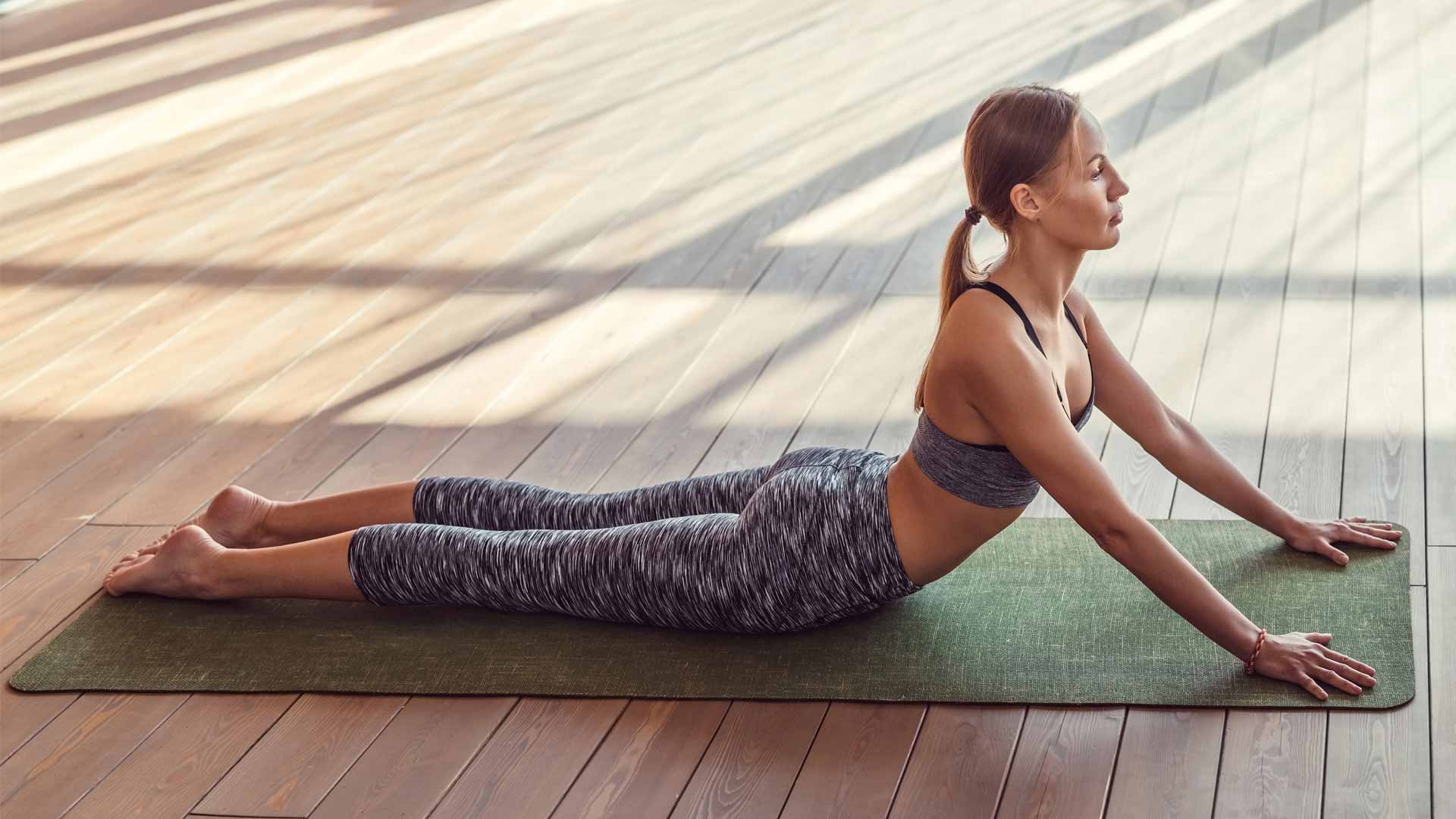The Mind-Body Connection
Pilates emphasizes proper breathing, correct spinal and pelvic alignment, and focus on smooth, flowing movement. By being mindful of your breath, your body alignment and the way you are moving, you become acutely aware of your body. You actually learn how to control your body’s movement.
Activating the “Core”
Pilates exercises are all designed to activate the core muscles. The core muscles can be defined as the muscles that support and integrate your spine, pelvis and shoulder girdle. They consist of the abdominal muscles, the deep back stabilizers, the pelvic floor muscles, and the bigger muscles that run up and down the spine. They are your body’s internal “corset”. Another term I like to use is your body’s “tree trunk”. They are the muscles that wrap around your body’s trunk that stabilize and support your body. If your core is strong and stable, you will have more freedom of movement with less risk for injury.
Gain strength with flexibility
Pilates exercises are designed to lengthen and strengthen…not strengthen and shorten. Traditional gym based exercises tend to develop strength with bulk. They tend to focus on one body part or muscle at a time. Training in this way makes strong muscles stronger and weak muscles weaker. This leads to tightness and imbalances that can lead to injury and chronic back pain. Pilates exercises focus on integrating multiple muscles and movements at the same time.
The goal is to improve muscle elasticity and joint mobility. A body with balanced strength and flexibility is less prone to injury and pain.
Promote functional movement and sports specific training
Just as traditional gym exercise programs focus one one body part at a time, they also tend to move in one direction only. Pilates exercises simulate normal functional body movement in all different directions…which is the way we are designed to move in the first place! Functional movements and sports activities require multi-dimensional strength and movement…not straight, linear, uni-dimensional movements. By training in a more balanced way, daily function and athletic performance is enhanced.
Learn to move more efficiently
Pilates training promotes movement in continuous, flowing movements using many muscles and many body parts at a time. This training will allow increased efficiency of movement and set the foundation for faster recovery from injury. Furthermore, learning to move efficiently with proper muscle activation and support, will prevent injuries from occurring in the first place.
Pilates is gentle and safe
Pilates is low impact and supported exercise. This decreases compression forces on joints and the spine. The Pilates equipment offers body support and the springs on the equipment offer resistance and assistance in performing the exercises. The light resistance of the springs offers challenge but does not over power the body and allows multiple muscle activation and flowing motion. The springs also can assist the performance of some of the exercises if there is weakness or injury present. Pilates is great for rehabilitation of injuries!
Pilates is great for every”body”
Pilates exercise is extremely versatile. Modifications can be made for everyone from beginner to advanced. Pilates can be progressed to meet your changing needs and goals. It is a life long exercise system. It will not wear out your joints! It will improve the quality of your movement and your life!
Pilates is a great way to support your peace of mind
Pilates can help promote a sense of calm and relaxation, relieve muscle tension and stress and help you feel happier! This may be one of the most important benefits of Pilates. Think of Pilates as a moving meditation. Pilates allows you concentrate your attention internally on your body and your breath, rather than the external situations or circumstances of your day. While doing Pilates, you can be fully present with your body. These are essential components of a calming meditation practice.
